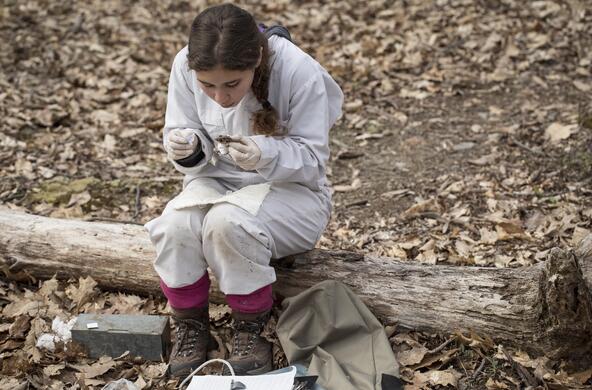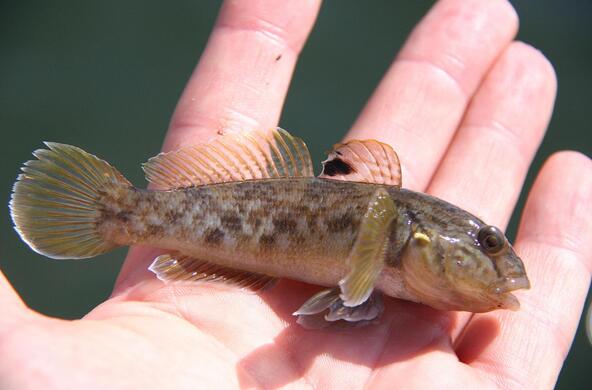
In New York’s Hudson Valley, it’s hard to go outside without stepping on an acorn. Oaks have ‘boom and bust’ acorn production cycles. In lean years, trees produce a handful of nuts. In boom years, acorns seem to rain down from the sky. We are currently experiencing an acorn bumper-crop, or what ecologists call a ‘mast’ year.
In some forests, there can be more than 100 acorns per square meter. This is welcome news to animals like mice, chipmunks, and squirrels. They can gorge on the bounty and stock their larders. Acorn caches help wildlife avoid predators and survive the lean months of winter. They even give well-fed rodents a jump-start on the breeding season.
For this reason, acorn “mast” years are also harbingers of future Lyme disease risk. In the summer following acorn booms, white-footed mouse numbers explode. In New York’s Hudson Valley, these mice play a major role in infecting blacklegged ticks with the agents that cause Lyme disease, Babesiosis, and Anaplasmosis.
Cary Institute disease ecologist Rick Ostfeld explains.
“The ticks that are emerging as larvae in August – just as the mice and chipmunks are reaching their population peaks – they have tons of excellent hosts to feed from. They survive well and they get infected with tick-borne pathogens. And that means that two years following a good acorn crop we see high abundance of infected ticks, which represents a risk of human exposure to tick borne disease.”
Predictions are based on 20 years of field studies that have confirmed the relationship among acorn mast years, mouse outbreaks, and the prevalence of infected ticks. Mark your calendars – 2017 will likely be a bad year for Lyme disease.
Produced in collaboration with WAMC Northeast Public Radio, this podcast originally aired on November 20, 2015. To access a full archive of podcasts, visit: www.earthwiseradio.org.
Photo courtesy of Krevlin Goodspeed.





